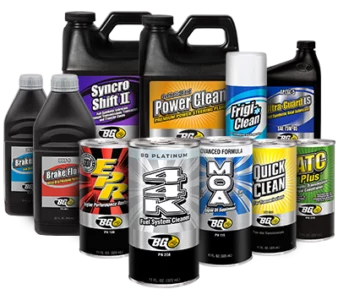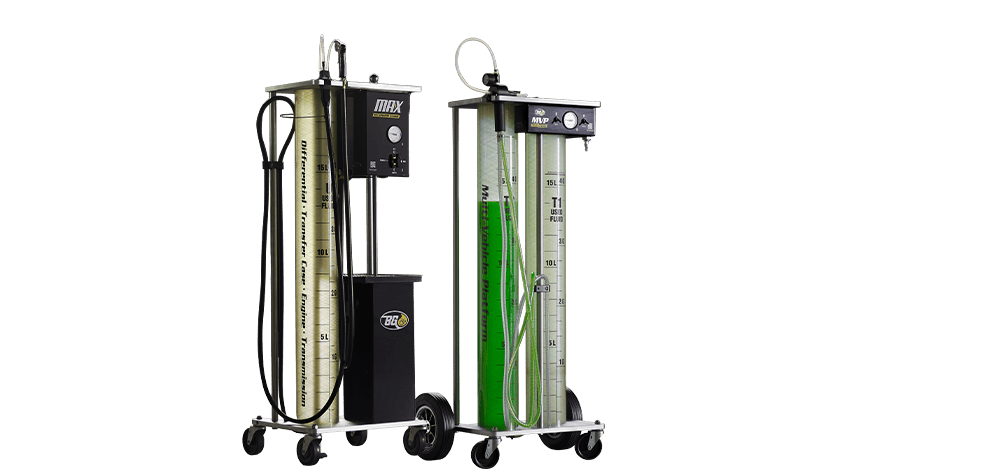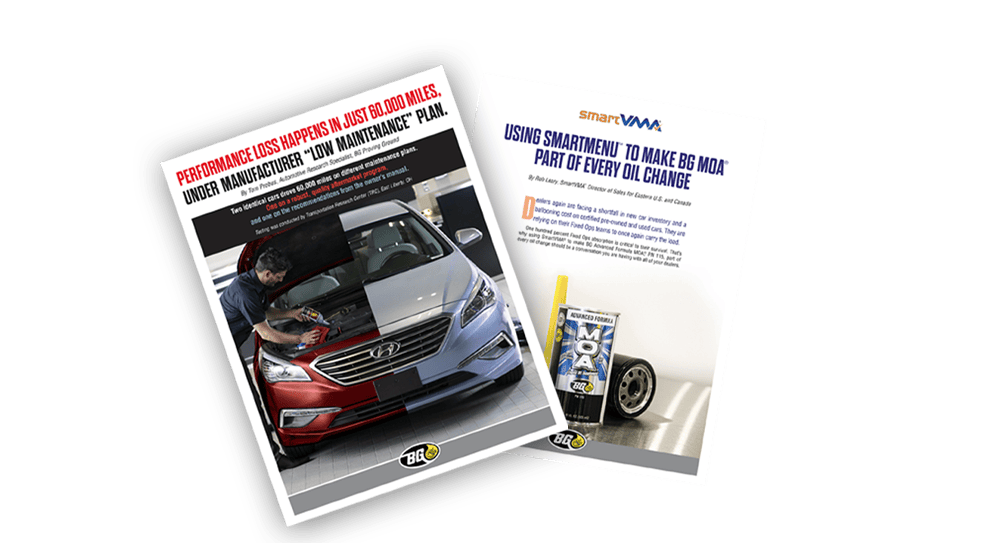With all the different selections at the pump, how am I supposed to know what fuel to put in my car?
With all the advertising, how do I know which one to choose?
What about the advice from my friends and family who know everything about cars? Why is it completely different from the advertisements?
If this is you, then stick around because I’m about to tell you what fuel to put in your car and why.
So the gas pumps where I live have five different buttons on the pump:
- Diesel
- Regular
- Midgrade
- Premium
- No ethanol

I think a lot of people have trouble with the gasoline grades. And there’s a reason for that: Misinformation.
The myth we have to stop is that premium is better than regular unleaded. This is just not true in most cases. (Some fuel manufacturers do put more detergents in their premium fuel. For example, Shell uses premium detergents in V-Power®.)
All the other gasolines we have tested show that regular, midgrade, and premium fuel have the same amount of detergents. The only difference is the octane number.
What does the octane number mean?
This is the number you see on the front of the pump. Regular gas is normally 87 octane and premium fuel is normally 91–93 octane.
Gas stations do some tricky marketing to try to make it sound like premium fuel is somehow superior to regular 87 octane gas. So the first thing you have to understand is what the octane number means. It refers to the fuel’s ability to prevent engine knock.
Engine knock occurs when the fuel inside the combustion chamber explodes before it’s supposed to. Now, this is caused by improper timing, carbon on top of the pistons, extreme engine load, or in some cases the wrong kind of fuel.
Most passenger cars on the road today are built to run on 87 octane.
Conversely, most of the performance vehicles or high output engine luxury cars use premium fuel because the engine requires it to prevent engine knock. Those engines have a high-compression ratio that requires a higher octane to prevent pre-ignition of the fuel during engine operation. We could dive way deep down in the weeds and talk about engine operation and preignition, but that’s not really what you need to know about the right kind of fuel.
What kind of fuel does your vehicle take?
The requirement is usually posted in three different places: your vehicle’s fuel gauge, the inside of the fuel filler lid, and, of course, in your owner’s manual.
So what’s the short story, Tom?
The short story is to check your owner’s manual to know what kind of fuel your vehicle takes and…only use premium fuel if you need to!
Spend your gas money wisely, don’t buy something you don’t need. Your 87 octane vehicle is not going to run better on 91 octane premium in most cases.
Tom’s “Don’t Buy Premium When You Don’t Need It” Soapbox
In our BG Proving Ground experience, the few times we’ve been able to capture gains made by using premium fuel (when it called for regular) didn’t offset the extra cost of the fuel itself.
In our testing and testing done outside of our group, we found that detergent levels inside the different grades of fuel are almost all the same.
You’re paying more money for the octane, not the detergents. Fuel needs some detergents to keep fuel injectors running clean and piston tops from becoming heavily covered with carbon deposits.
The fuel manufacturers have the minimum amount of detergent required to meet the standard.
This minimum amount does not completely control deposit formation, so it’s a good idea to run some sort of fuel injection cleaner through your system at least every oil change.
BG 44K is your best option.

Tom Probus
BG Automotive Research Specialist
Tom Probus is an ASE Master Technician and has been ASE Certified for more than 20 years. He joined the BG Proving Ground in 2015, where he helps invent new equipment that keeps BG at the top of the industry.






